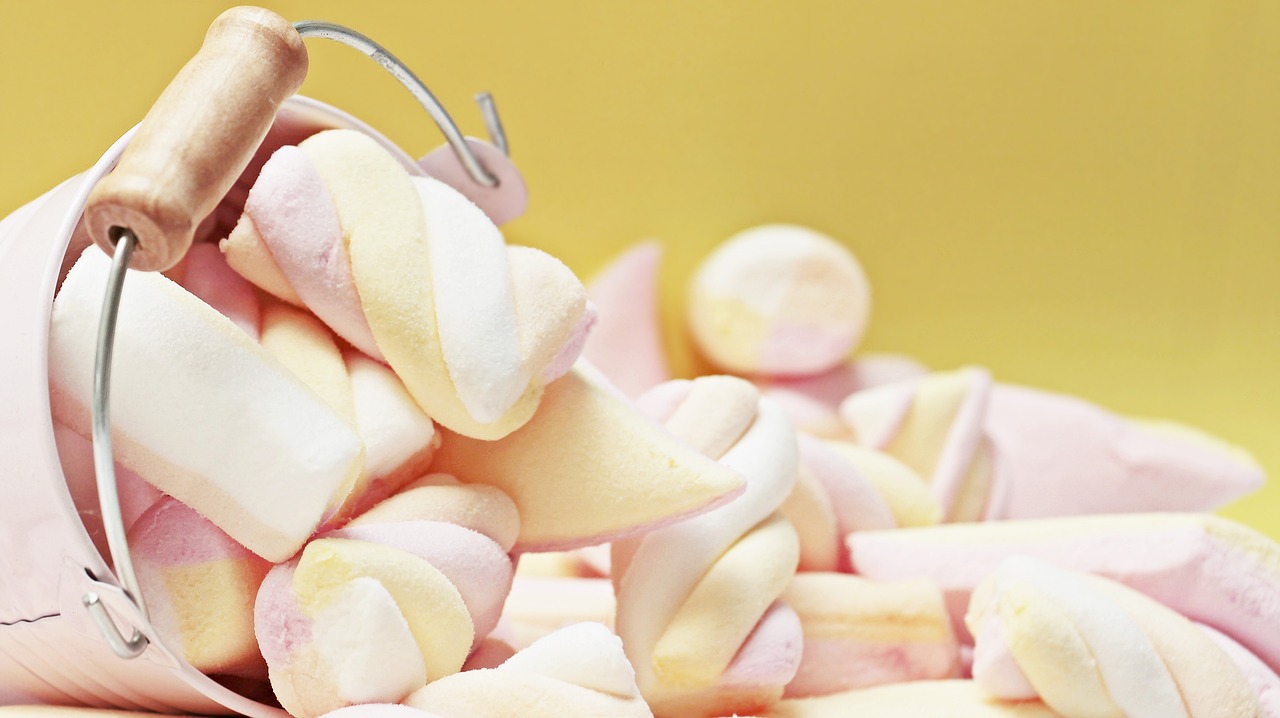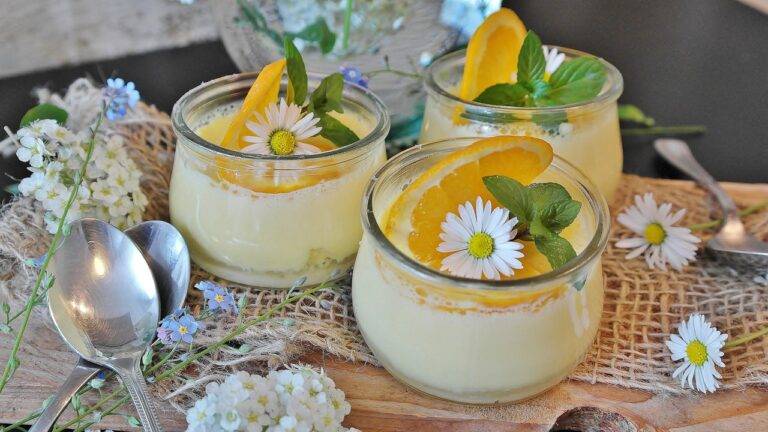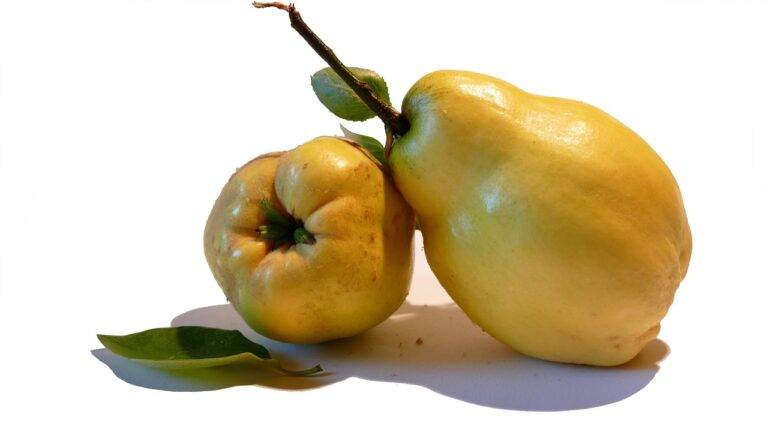Understanding the Art of Food Sculpting
Food sculpting is an art form that involves creatively transforming various food items into visually appealing and intricate designs. It goes beyond the basic preparation of food and focuses on the presentation and aesthetic aspect of culinary creations. Artists who engage in food sculpting use their skills to carve, shape, and mold ingredients into beautiful sculptures that can range from realistic figures to abstract designs.
The process of food sculpting requires precision, patience, and a keen eye for detail. Artists meticulously plan and execute their designs, often using specialized tools like knives, sculpting tools, and molds to achieve the desired look. From fruit carvings to elaborate cake decorations, food sculpting allows individuals to showcase their creativity and elevate the dining experience through stunning edible art.
History of Food Sculpting
Food sculpting has a rich and fascinating history that dates back centuries. In ancient civilizations such as Egypt, Greece, and Rome, food sculptures were created as a form of artistic expression and were often used in elaborate feasts and celebrations. These early food sculptures ranged from simple fruit carvings to intricate edible statues depicting gods and mythical creatures.
During the Middle Ages, food sculpting continued to evolve as a form of culinary artistry, with skilled chefs and cooks creating elaborate centerpieces made from sugar, marzipan, and other edible materials. These elaborate food sculptures were often used to impress guests at banquets and royal feasts, showcasing the wealth and creativity of the hosts. Over time, food sculpting techniques spread across Europe and Asia, with each region developing its own unique styles and traditions.
What is food sculpting?
Food sculpting, also known as culinary art, is the practice of creating intricate and decorative designs using food items. It involves shaping, carving, and molding food into visually appealing sculptures.
What is the history of food sculpting?
Food sculpting has been a part of culinary traditions for centuries. It is believed to have originated in ancient civilizations where food was not only meant for consumption but also for decorative purposes. Different cultures around the world have their own unique styles of food sculpting, each reflecting their artistic traditions and culinary heritage. Today, food sculpting is commonly seen in fine dining restaurants, culinary competitions, and special events.





